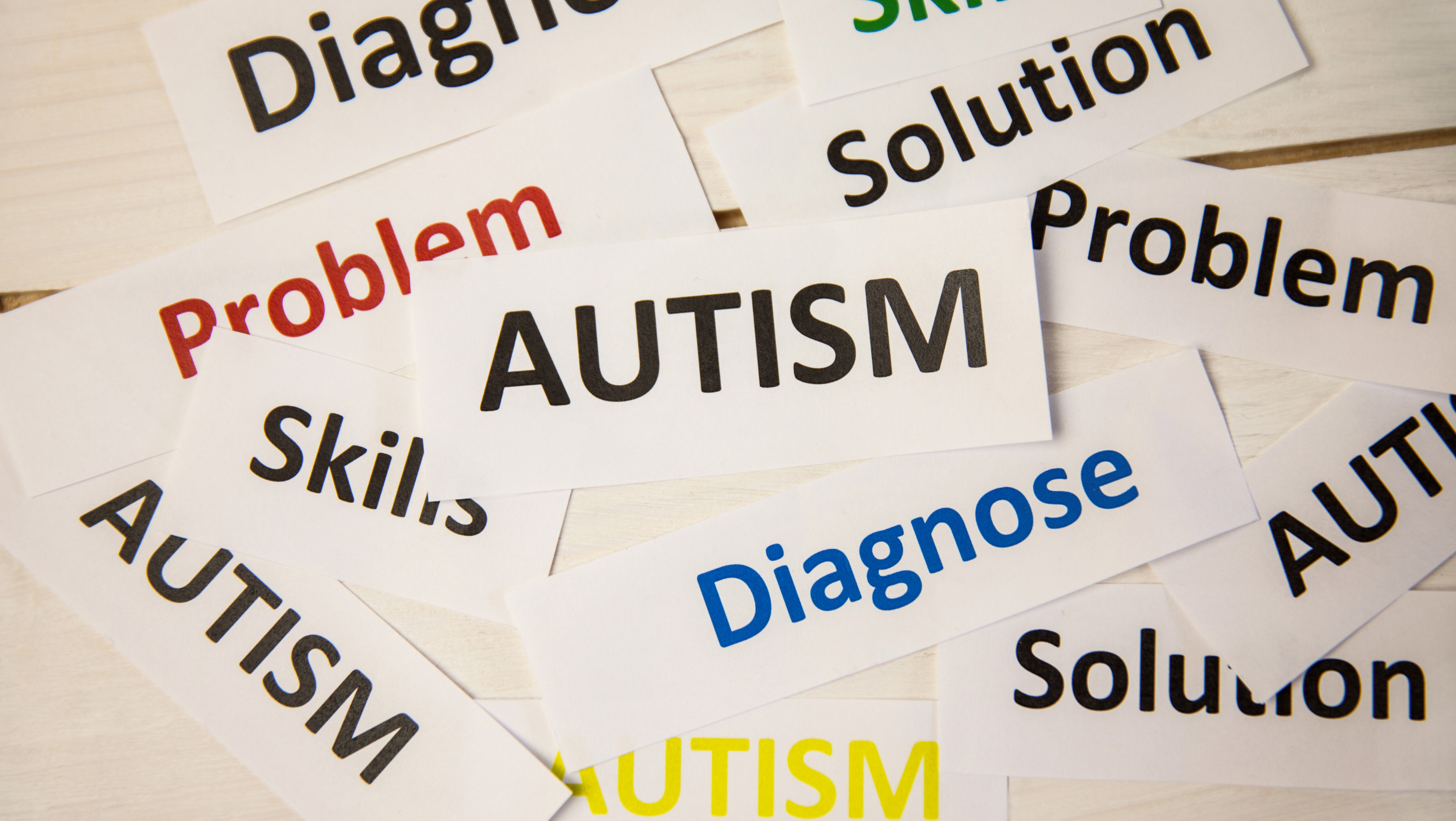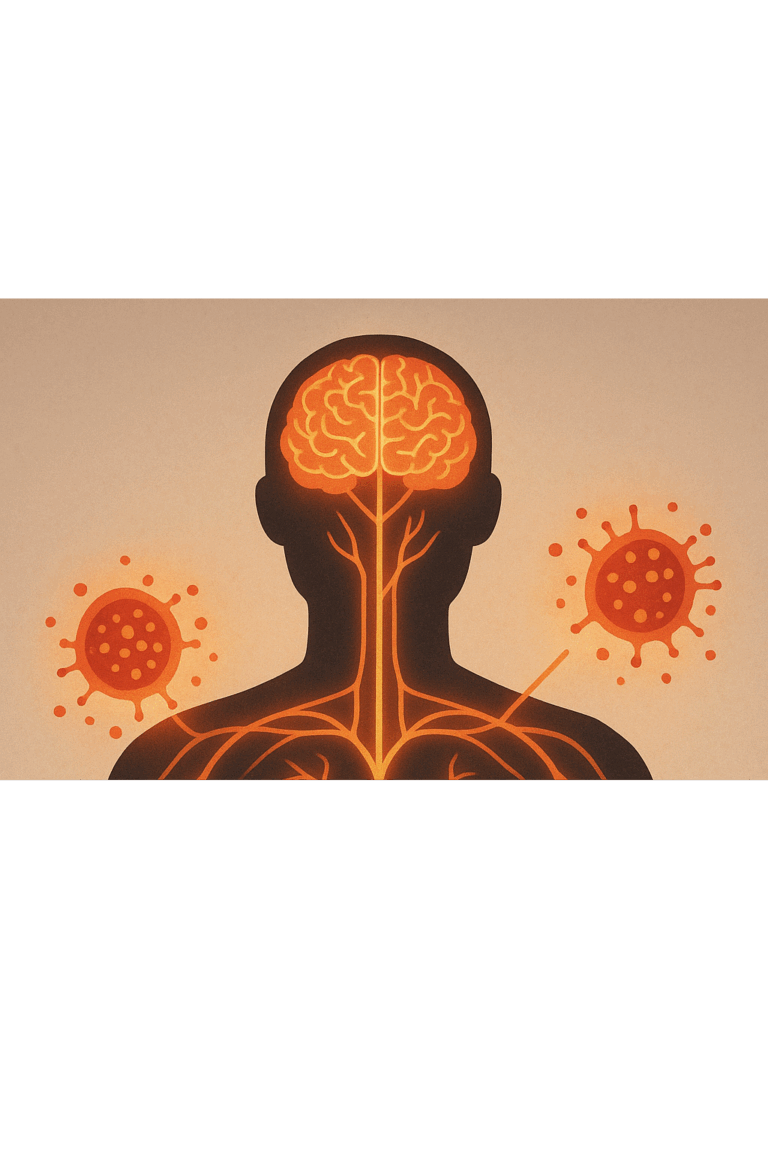- Ehlers-Danlos Syndrome and the Impact of Medical Trauma - 26 May 2024
- Is Hypermobility Linked to Autism? - 25 September 2023
- Alexithymia and Chronic Pain - 11 September 2023
If you would prefer to listen to this article, please click below.
Every so often, a topic emerges from the depths of medical research that makes us sit up and take notice. Today, we are looking into one intriguing subject: the potential link between hypermobility and autism. Before you wonder if this is just another medical rabbit hole, let me assure you there’s more to this than meets the eye.
In recent years, whispers within the scientific community have grown louder, suggesting a connection between the elasticity of our joints and a potential place on the autism spectrum. On the surface, it seems as unrelated as chalk and cheese. But as we look deeper, the lines blur, and the dots connect in ways we hadn’t imagined.
So, In this article, we will be looking at the prevalence Austims seems to present with hypermobility and Ehlers-Danlos syndrome, what the research says, and what discoveries there are around this topic. And, as a twist to our tale, we’ll look towards the role of alexithymia, a personality construct that might hold the key to this enigmatic connection.
This article covers:
ToggleHypermobility and Autism: Definitions
Before we get into the relationship between hypermobility and autism, it’s essential to understand what each term means:
Hypermobility is more than just being “double-jointed.” It refers to the increased laxity in one’s connective tissue that holds the joints together. This can be localised, affecting specific body parts, or, as is more common, generalised, where multiple joints exhibit this extreme laxity. But it’s not just about being able to twist your arm peculiarly or bend your fingers back easily. There’s a medical side to this. Enter Ehlers-Danlos syndrome, a hereditary connective tissue disorder often associated with hypermobility. This condition goes beyond mere flexibility, bringing with it a host of other symptoms (depending on the type) and challenges, including gastrointestinal issues, mast cell issues, fragile blood vessels, and a whole lot more.
On the other side of the spectrum, we have Autism. Far from the stereotypes and misconceptions, autism is a neurodevelopmental condition that affects how individuals perceive the world and interact with others. It’s a spectrum, meaning it manifests differently in everyone, a lot like hypermobility. Some common characteristics include sensory processing differences, where everyday stimuli might be overwhelming or underwhelming.
There are also challenges in social communication, where understanding nonverbal cues or grasping the nuances of a conversation might be tricky. And then there are restricted and repetitive behaviours—routines or interests that are pursued with an intense focus.
Does the research find a link between autism and hypermobility?
Every once in a while, scientific research throws us a curveball, presenting connections that might initially seem slightly unconventional. However, the link between hypermobility and autism is pretty clear. At face value, it’s a bit like comparing apples to oranges. “How on earth,” you might wonder, “does a condition characterised by flexible joints relate to a neurodevelopmental disorder?” But that’s the enthralling nature of science—it’s full of surprises and often challenges our preconceived notions.
Now, before you dismiss this as just another fleeting observation or a quirky coincidence, let me assure you: there’s substantial research backing this association.
The pioneering work of researchers like Dr Emily L. Casanova shows that whilst autism is mainly defined by behavioural symptoms, and EDS/HSD by joint and tissue problems, these conditions have a lot in common. Genetic studies show that they share similarities at the molecular and cellular levels, additionally showing that there is a strong link between how severe a mother’s immune disorder is in conditions like EDS/HSD and the likelihood of autism in her children. This suggests that the mother’s immune system might influence the chances of autism in kids with these connective tissue disorders. Additionally, her work
Such findings are not just numbers; they represent real people, real lives, and real challenges.
Is hypermobility linked to anything else?
Whilst hypermobility and EDS seem to have a solid connection to autism, multiple new studies show that it’s not just autism that hypermobility is connected to so much more.
What I mean by this is that in recent years, a strong correlation between hypermobility and anxiety has been established. And, whilst the exact mechanism remains unknown (for now, Dr Jessica Eccles seems to be making good progress), one thing is for sure: those with hypermobility seem to have a higher frequency of anxiety disorders and a higher intensity of physiological anxiety in general.
Another ground-breaking study from Sweden took the scientific community by storm recently. By examining a large population, researchers aimed to discern whether hypermobility was more common among neurodivergent individuals. The results were eye-opening. They found a pronounced link between autism/ADHD and hypermobility/EDS, suggesting that these seemingly disparate conditions might share some underlying mechanisms. The study didn’t just stop at establishing a connection; it looked deeper, exploring the possibility that neurodivergent individuals might be more susceptible to autonomic dysfunction and pain due to their hypermobility.
Additionally, most studies find that over 50% of participants with a diagnosis of Autism, attention deficit hyperactivity disorder (ADHD), tic disorders, and Tourette syndrome are hypermobile, compared with just 20% of the general population.
It’s crucial to note that this doesn’t imply a blanket statement. Not every person with autism will have hypermobile joints, and not everyone with hypermobility will be on the autism spectrum.
Medical science is no stranger to ground-breaking discoveries, and the potential overlap between autism and hypermobility is one such revelation that’s capturing the attention of researchers worldwide, hopefully pushing them to do more research. While this area of research is relatively nascent, the momentum is undeniable. With increased funding and a surge in scientific interest, we’re on the cusp of understanding the intricate relationship between these two conditions. But what’s driving this newfound interest? Several case reports and studies have delved deep into the association between autism/ADHD and hypermobility. The Swedish population study, for instance, has been a game-changer. Establishing a clear link between autism/ADHD and hypermobility/EDS, it has opened up a plethora of questions about the underlying mechanisms and implications of this association.
But what does this all mean for individuals who find themselves at this intersection of hypermobility and autism? Could this newfound knowledge pave the way for better diagnostic procedures, more tailored treatments, or preventive measures?
Well, most likely, yes, it’s already happening!
For example, in this pioneering study, researchers wanted to understand how autism and ADHD are similar and different in terms of brain structure. They used a technique called cortical thickness analysis, which measures the thickness of the brain’s outer layer, which is important for thinking and processing sensory information. The researchers reviewed a large amount of previous research, looking at studies up to December 8, 2023. They focused on young people (under 18) with ASD or ADHD, comparing them to typically developing individuals. They gathered data from 12 studies on ASD (458 individuals) and 10 studies on ADHD (383 individuals).
This method allowed them to analyse the brain structure of a large group of hypermobile participants, providing detailed insights into how the brains of those with ASD and ADHD are both alike and different. The aim was to understand which areas of the brain differ in thickness and what these differences reveal about the underlying causes of each condition. The ultimate goal of the study being to use these findings to develop better, far more targeted treatments for people with ASD and ADHD.
Moreover, with pioneers like Dr. Casanova pushing the boundaries of our understanding, we’re prompted to ask: Will this research bridge the gap between the medical and neurodevelopmental communities? Could it lead to a more holistic approach to patient care, where individuals are not just seen through the lens of a single condition but as a complex interplay of multiple factors?
The future is rife with possibilities. As we stand at this crossroads of discovery, it’s essential to celebrate the progress made and examine the potential implications critically. Will this research make accessing support easier for those affected? Could it change the narrative around these conditions, leading to greater empathy and understanding?
Only time will tell. But one thing is certain: we’re on the brink of a new era in medical research, one that promises to reshape our understanding of autism and hypermobility and the lives of those who live with these conditions.
The Mediating Role of Alexithymia
Autism, as many of us are aware, is a neurodevelopmental condition that manifests in various ways, including unique sensory processing patterns, challenges in social communication, and certain repetitive behaviours. On the other side of the spectrum, we have joint hypermobility, a prevalent connective tissue variant. Now, here’s where things get intriguing: reports suggest that joint hypermobility is overrepresented in individuals with autism. But what could link a physical trait like hypermobility to a neurodevelopmental condition like autism? Enter Alexithymia.
Recent studies, including one spearheaded by G. K. Savage and colleagues, have explored this question. Their research aimed to determine whether there was an association between hypermobility and autistic traits. More importantly, it sought to understand if alexithymia played a mediating role in this relationship.
The results? Quite revealing.
Alexithymia, with its high rates of overlap with autism spectrum disorder, could indeed be a significant factor in understanding the unexpected connection between hypermobility and autism. The study’s findings suggest that this altered emotional awareness might bridge the gap between the physical manifestations of hypermobility and the neurodevelopmental characteristics of autism.
So, what does this mean for individuals who exhibit both hypermobility and autistic traits? It’s a sign that our understanding of these conditions is evolving. Recognising the role of alexithymia could pave the way for more tailored interventions and support.
Moreover, it emphasises the importance of a holistic approach when addressing the needs of those with hypermobility and autism. After all, the human experience is multifaceted, and understanding these intricate connections can only lead to better care and support.
-Seren-
FAQ On Hypermobility and Autism
Is EDS an autoimmune disease?
Ehlers-Danlos Syndrome (EDS) is not classified as an autoimmune disease. It is a group of connective tissue disorders caused by genetic mutations affecting collagen production. However, some individuals with EDS may experience symptoms that overlap with autoimmune conditions, such as joint pain and fatigue. Moreover, there is ongoing research into the potential immune system involvement in EDS, but it remains primarily a genetic condition.
What is the comorbidity rate between autism and other conditions?
The comorbidity rate between autism and other conditions is notably high. Research indicates that individuals with autism spectrum disorder (ASD) often have co-occurring medical and mental health conditions. Common comorbidities include Attention Deficit Hyperactivity Disorder (ADHD), anxiety disorders, depression, gastrointestinal issues, and connective tissue disorders like Ehlers-Danlos Syndrome (EDS). For instance, studies suggest that up to 70% of individuals with ASD may also have at least one co-occurring mental health condition.
Why do ADHD people have trex arms?
The term “trex arms” is a colloquial and somewhat misleading term that refers to the tendency of individuals with ADHD to exhibit postural anomalies, including the frequent positioning of arms in a bent and inward manner. This posture is not exclusive to ADHD and can be seen in various neurodevelopmental and behavioural conditions. It’s believed to be related to sensory processing and motor coordination issues common in ADHD.
What conditions are autistic people more likely to have?
Individuals with autism are more likely to have several co-occurring conditions, including ADHD, anxiety disorders, depression, gastrointestinal disorders, sleep disorders, and sensory processing issues. They may also have medical conditions such as epilepsy and, as emerging research suggests, connective tissue disorders like Ehlers-Danlos Syndrome.
Do people with EDS age slower?
There is no scientific evidence to suggest that people with Ehlers-Danlos Syndrome (EDS) age slower. While EDS affects connective tissues and can lead to a range of symptoms such as hypermobility, skin elasticity, and vascular fragility, it does not influence the biological aging process. However, the unique skin characteristics of some EDS patients may give an impression of delayed aging.
Enjoyed Our Blog? Why Stop Here?
If you’ve found value in our posts, imagine what you’ll gain from a structured, science-backed course designed just for you. Hypermobility 101 is your ultimate starting point for building strength, stability, and confidence in your body.






